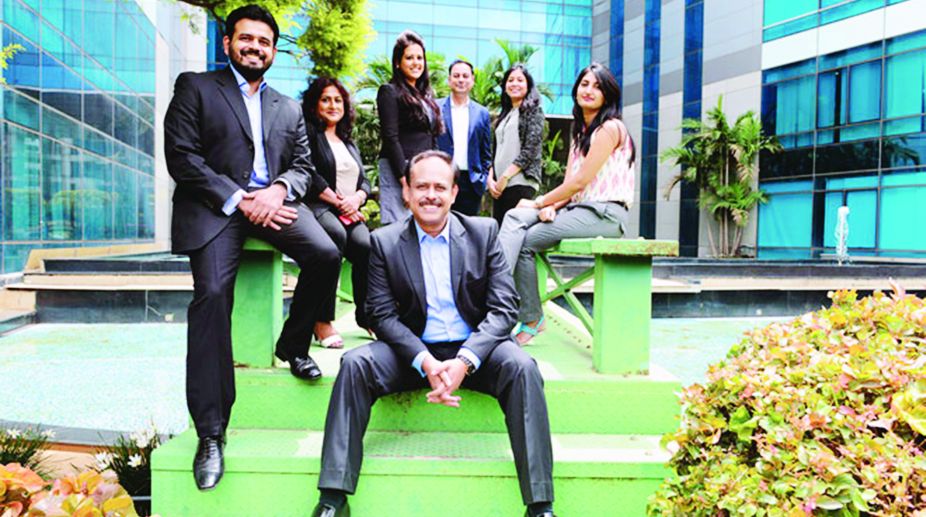India’s economy is growing at a faster rate than many other countries. But it is important to note that nearly 12 million people are entering the workforce every year, which only 5.5 million jobs are being created. So, the immense work creation potential can be realised through a combination of macroeconomic, strategic and technological factors that give a further growth impetus to enterprises while boosting domestic consumption.
The Labour Bureau, in February, had released its quarterly employment survey for the period April-June quarter of 2017. According to the survey, the economy had added fewer jobs during the survey period than the previous quarter. With nearly a million people joining the workforce every month, India faces a massive challenge in skilling people to make them employable. This requires a concerted effort from all the stakeholders.
There is a huge gap in what comes out of academia and the skills required by the industry. Organisations are constantly being challenged to look at changing the culture of learning and focus on helping employees advance their skills as and when required. The skills of the future are going to be different than what we have today and it is the responsibility of the individual to learn and be compatible with what the market demands.
It has been strongly believed that, at best, organisations can enable people but the culture of learning needs to change if the individual is to stay current. Technology is an enabler for learning and virtual technology will add to the way people learn and develop skills. The latest India Skill report indicates that only about 45.6 per cent of the youth coming out of educational institutions are employable.
The mismatch between skill, academic training and employment has widened, leading to a situation where employers are unable to find appropriately trained people, and the youth are unable to find employment that they aspire for. In order to address the mismatch between supply and demand, the first and foremost thing which needs to be done is to enhance respect for skills. It is necessary to harmonise youth aspirations with industry demand and the training offered by various institutes.
If you look few years back, a hotel management diploma was not considered equivalent to graduation. The structure of academic institutions, in terms of the faculty, is conventional. It is critical that we now target the primary schools and introduce compulsory vocational courses with clear workshop contents. Students need hands-on training at some stage during their schooling. Such vocational courses will certainly help mainstream students injecting a wide variety of skills.
Entrepreneurship is the need of the hour. In has been estimated that each entrepreneur creates three other job opportunities, and money spent on the training, results in 10 times investment into the market. So this is the most cost-effective intervention. It is believed that there are three important things — industry, academia and government. Everybody has to play their own role in the ecosystem for skill development.
Some of our institutions have actually become placement centers as they guarantee jobs and in the two or three years, you just pass time. The focus should be on quality and access. Entrepreneurship will have a big role to play in India’s progress. Given that developing skills requires huge investments, availability of real-time data on challenges faced by a state, recognition of sectors which need skilled manpower, and demand-supply match, it is important to assess the outcomes of various interventions undertaken so far that the future course of policy action can be planned or modified.
With the advent of the fourth industrial revolution, it needs to be ensured that our youth manages the shifts in skill requirements. The need of the hour is to build evidence that can redirect policy solutions to address the constraints, make policy inclusive and sustainable according to the demographic context of each state in order to fully realise the potential of youth and ensure optimum income and employment for the workforce.
The future for skills and job creation is extremely bright with the growth landscape ahead and the opportunity for realising the potential is huge. Experts say India will have to grow at the rate of nine per cent or more per annum consistently for the next 20 years to reach China’s current per capita GDP.
This clearly shows the immense potential that exists for skilled talent in the country. A combination of apt policies, timely investment, choice of right sectors and development of human capital through imaginative frameworks and industry-led new formats of collaboration with various stakeholders would translate the potential into real outcomes.
The writer is founder, director of Council of Education & Development Programmes Skill Institute, Mumbai











